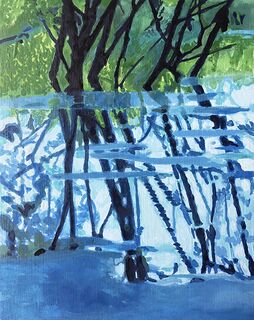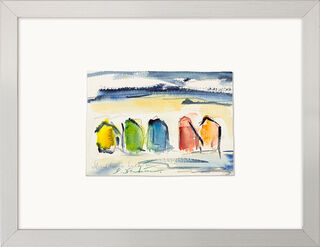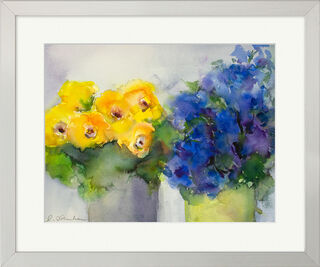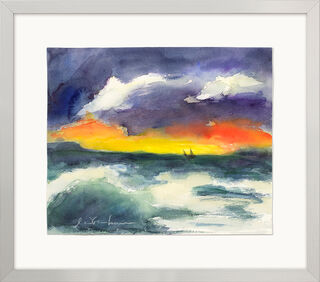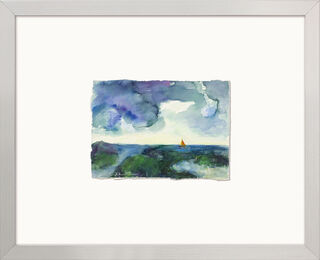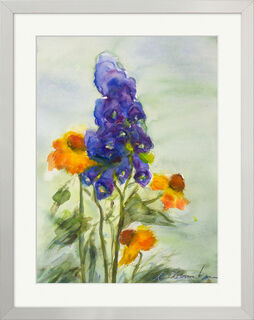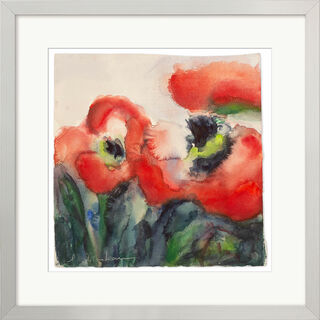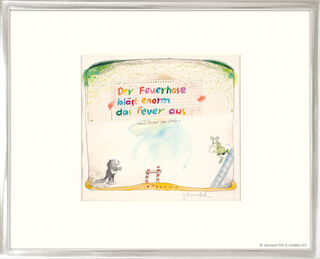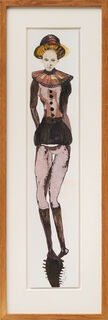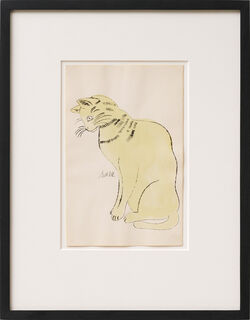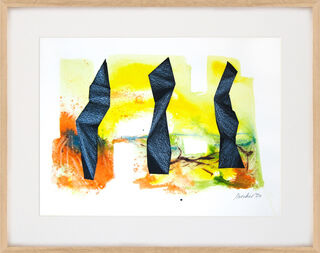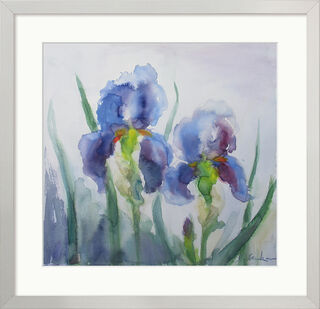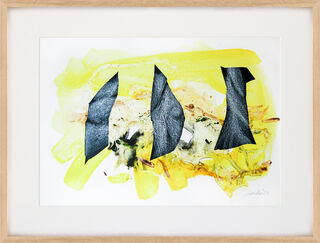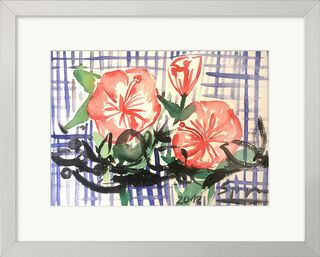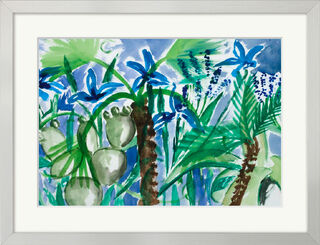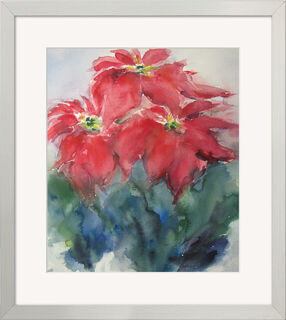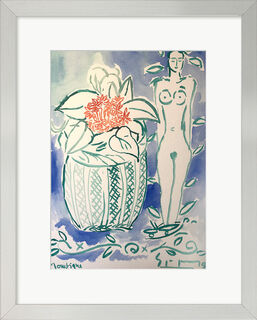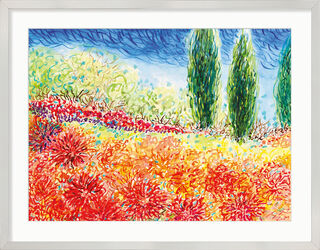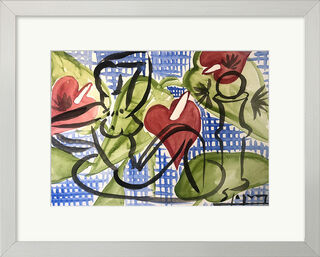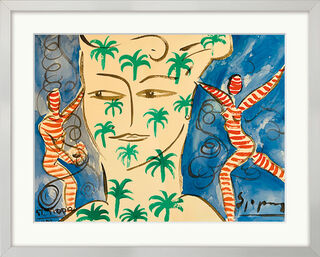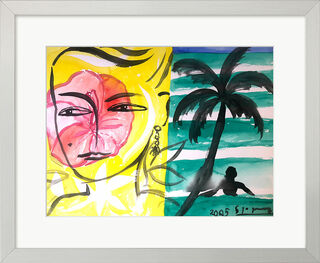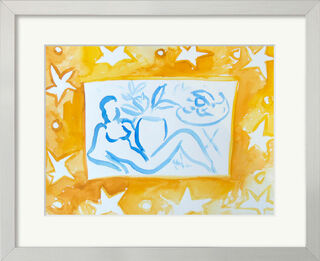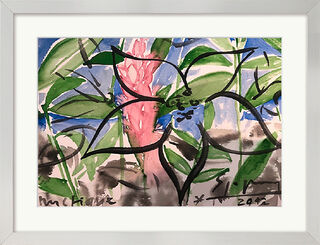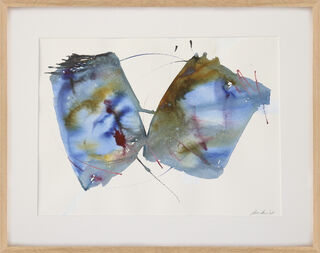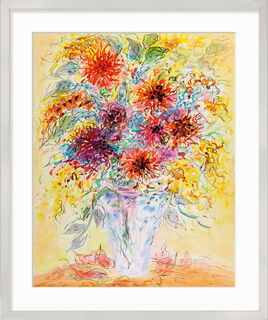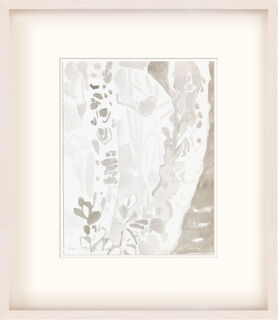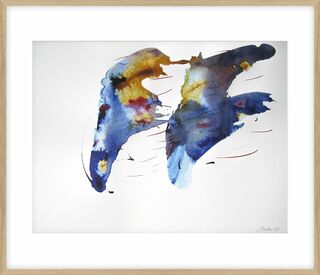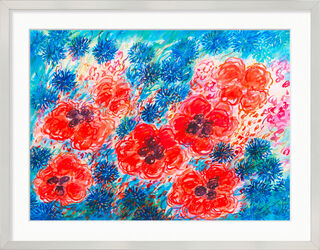Watercolours
Watercolours: Using Watercolours to Create Expressive and Atmospheric Paintings
A watercolour painting is easy to recognise at first glance: impressive contrasts between intensely luminous and very transparent areas of colour, along with flowing transitions between the colours and soft contours of the motifs. In addition, there are dynamic currents, eddies or veils that can only be found in watercolours. Because of such optical effects, watercolour painting is part of the repertoire of many painters and is also very popular among the public. For watercolour painting, pigments are mixed with a binder (for example gum arabic) and then applied to the canvas with a brush, more or less diluted with water. The foundations for painting with watercolours are said to have been laid more than 3000 years ago. From the 15th century onwards, there is evidence of regular use of watercolour techniques in the visual arts, for example, by Albrecht Dürer. From the 18th century onwards, watercolours finally gained acceptance, thanks partly to the brilliant British painter William Turner. At the turn of the 19th and 20th centuries, this painting technique was particularly popular among expressionists such as Paul Klee, Emil Nolde and August Macke. Until today, watercolour painting is very popular and has many followers among professional artists, as well as hobby painters. At ars mundi, you can buy a wide variety of watercolour paintings from the 20th and 21st centuries.
Watercolour Painting: Techniques and Materials
Watercolours are usually painted with a brush on canvas or paper. There are two main techniques for applying colour: glazing and wash. When glazing, the first layer of paint is applied and allowed to dry before subsequent layers are added. With washing, however, the drying process is not waited for; instead, the paint is worked into the still-wet paint. In this way, the colours mix, and the typical soft colour gradients and transitions are achieved. In watercolour painting, one usually paints the light areas first, followed by the dark areas. To paint "white", the corresponding areas on the canvas must be left untouched. As impressive as watercolours are, creating watercolour painting requires a very clear idea of what should appear on the canvas at the end of the painting process, as the colours are not easy to work with, and corrections are almost impossible. Especially with the wet-in-wet technique, it is very difficult to control how the colours behave. Additionally, errors can't be easily covered up by painting over them, as watercolour paints lack high opacity, and previously applied colours can be inadvertently dissolved by water.
Buy Watercolours at ars mundi
A watercolour painting is characterised by the play of intensity and transparency of the colours. The best way to experience this fascinating impression is to look at an original watercolour painting made by an artist. Because the finest gradations and the glow of the colours are particularly recognisable in such a unique piece. You can also buy original watercolours from ars mundi. Artists from the most diverse epochs are represented in our range. From the 20th century, there are works by Erich Heckel, Lyonel Feininger and Siegward Sprotte, among others. But also, in the 21st century, many painters work with watercolour techniques, for example, Klaus Fußmann, Christine Kremkau, Ansgar Skiba, Günther Förg or Renée Strecker.

